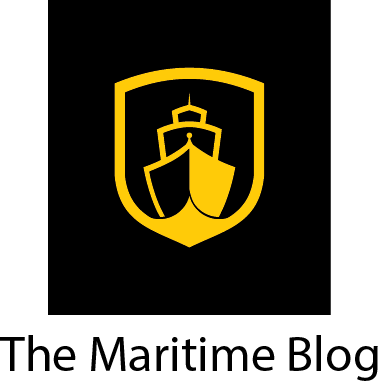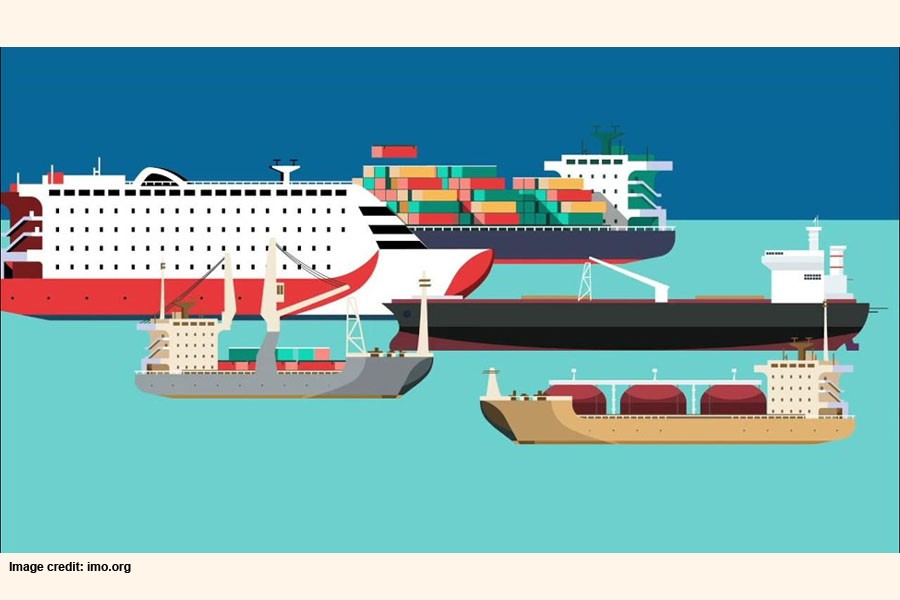 There’s no ignoring the increasing clout of online shopping. Such was growth in the US last year that magazine DigitalCommerce360 called the fourth quarter a ‘blockbuster’. In that one quarter, online retail grew more than it did in all of 2011 – seven years have made a huge difference as options have multiplied online and e-commerce platforms have grown more customer-savvy. In the US, 13% of all retail was made up of browsing and clicking on the web, last year.
There’s no ignoring the increasing clout of online shopping. Such was growth in the US last year that magazine DigitalCommerce360 called the fourth quarter a ‘blockbuster’. In that one quarter, online retail grew more than it did in all of 2011 – seven years have made a huge difference as options have multiplied online and e-commerce platforms have grown more customer-savvy. In the US, 13% of all retail was made up of browsing and clicking on the web, last year.
This presents opportunities but also challenges for shipping, points out KD Adamson at maritime foresight firm Futurenautics. “We’ve seen Amazon get a license as a freight forwarder, we’ve seen Maersk tie up with Alibaba. There’s all sorts of manoeuvring going on at a strategic level,” she tells Twentyfour7. “The concern, when it comes to e-commerce, is that they are so incredibly good at data, analytics, and prediction, using technology to relentlessly focus on customers, and shipping’s not.”
Mauro Sacchi, Director of Strategy and Business Development, Marine Solutions at Wärtsilä, thinks that shipping industry knows they have to develop and are doing so slowly. “If the parties in a very fragmented industry don’t cooperate in a transparent manner, the only way forward is consolidating,” he says.
Fusing companies gives shipping a better grip on the supply-chain, he points out, not least thanks to connectivity and data analysis which give greater insight along the entire supply chain. “These developments have made an unstoppable wave. This is not something driven by shipping, it is driven by global e-commerce and customers. Regardless of whether shipping wants to or not, they will be hit by this wave. Are they going to ride the wave and seize the opportunity?” he ponders.
Not everyone will survive though, the middle-men will be trimmed from the equation, he forecasts. But he emphasises one big thing that shipping can learn from e-commerce. “These companies are very good at inventory management and forecasting based on the expected behaviour of the end users,” he says. Thus, shipping just needs to follow in e-commerce’s wake. Customer satisfaction is paramount, regardless of where one sits in the supply chain, that’s the only way to stay afloat.
His judgement aligns with that of Adamson: meet the needs of e-commerce customers or shipping’s going to miss out on opportunities. “The only expertise shipping has is in operating ships, and as more of that becomes automated and driven by smart algorithms the less relevant shipping domain knowledge is in the supply chain,” she warns.
From click to delivery
In some ways, there are conflicting interests between shipping and e-commerce. And it all boils down to money. In 2016, McKinsey wrote a report called “Container shipping: The untapped value of customer engagement”. The thrust of their argument was that cost-cutting in shipping lessens its ability to meet new demands. The report mentioned slow steaming, staff reductions in customer-facing teams, and trimming in general. “These moves have, in some cases, temporarily buoyed profitability, but they’ve also made life worse for their customers.”
The report authors found widespread discontent in the industry, despite lower costs, and wrote “any short-term savings carriers might have achieved from cost cuts could ultimately be erased as shippers turn to competitors who can better meet their needs.”
Adamson agrees with the report: “If it is going to come to a head-to-head, Amazon’s going to win because satisfying the customer is their raison d’être. If shipping doesn’t become more reliable, efficient and transparent, there’s a very real risk that online platforms say ‘We can do this ourselves’. We can fill in the shipping part of the intelligent transportation system which will be highly interoperable, automated, and seamless with the other modes.”
Customers want as short a wait as possible between click and delivery, which means that e-commerce wants to keep up to speed. They want to quickly stock their warehouses close to the end customer so they don’t need to send out “We’re sorry to inform you” emails about unforeseen delays. Greater reliability would take some pressure off the speed issue, however. Shipping companies can be somewhat slow as long as they sail into port on schedule and allow e-commerce companies to plan ahead.
The case for connectivity
Luckily for shipping, e-commerce giants are so good at predicting sales, and stocking their warehouses in time to avoid delays, that their expertise should be able to buoy the shipping industry. Watch and learn, listen, and thrive. As developments pick up pace, there are untold possibilities.
But the worry right now is whether e-commerce companies will revolt. “As it stands today, the big platforms are going to reach the limit of optimising their existing supply chains where shipping is the weak link,” says Adamson. She wonders if, in order to satisfy increasing customer requirements, they may well turn around and say ‘if shipping can’t do this, maybe it would be simpler, cheaper and easier to create a new blue logistics ecosystem of different partners, and do it ourselves’. A less dim view is taken by Wärtsilä’s Sacchi, who doesn’t think the shipping industry, as a whole, needs to be worried. “I would be very surprised if Amazon or Alibaba became shipping companies on their own. Why would they? They look for partners that manage rather complex technology, which shipping does.”
To counter that view, Adamson offers an example of an e-commerce company moving in on, or at least getting closer to, the supply chain: “Amazon has had a freight forwarding licence for a while. Is the next step setting up its own shipping company, or working with a new outfit like Massterly from Wilhelmsen and Kongsberg, building next-generation ships, maybe investing in smaller, automated, battery-driven, low-emission ships that can navigate inland waterways and enter many smaller ports – bypassing the mega ships and mega ports – and thus really providing customers what they actually want?”
Sacchi at Wärtsilä believes strongly, however, that existing shipping companies will hold on to their place in the supply chain. Shipping can, must and will adapt, he predicts, and there is one key solution that’s finally available to shipping – on that point he and Adamson agree – and that solution is connectivity. Offering something as simple to the end customer such as tracking their order was impossible as long as deep-sea connectivity was complex and expensive. “Shipping has not had the same access to real-time, fast connectivity on its ships as we’ve had ashore because it’s been incredibly expensive – satcom is literally rocket science,” says Adamson. “But with the costs and availability of enterprise-grade connectivity the gateway to the future is well and truly open for shipping.”
Who’s going to pay?
There are profits to be made in the long-term, but shipping today doesn’t think long-term, Adamson argues. The challenges are manifold and sewn into the very fabric of shipping. With so many involved parties – owner, manager, operator – who is going to make that investment in connectivity? “There are complex stakeholder relationships which can ultimately end up disadvantaging the end customer,” says Adamson. “Ship owners are speculating in tonnage rather than investing in end-customer propositions, so they’re only interested in the value of the ship. The third party ship manager may see the benefits but might not have the ship under management in three months’ time and thus cannot justify a major connectivity investment in a vessel they don’t own. The bottom line is that shipping has been existing in a state of managed dissatisfaction for some time, and it’s not a tenable situation as markets and customer demands evolve.”
Tight budgets are also a challenge, and all the stakeholders are already operating on wafer-thin margins. None of this, however, will get customers on land to scale back their expectations. And the cultural differences between shipping and e-commerce companies are therefore a real challenge, warns Adamson. “If you look at Amazon, they are relentlessly focussed on satisfying the customer, it is the only thing that their CEO cares about. He asks every day ‘What can we do to reduce the friction and get ahead of the customer’s expectations?’ That’s why every industry is vulnerable to Amazon, and shipping is absolutely no exception.”
Source: Wärtsilä


















